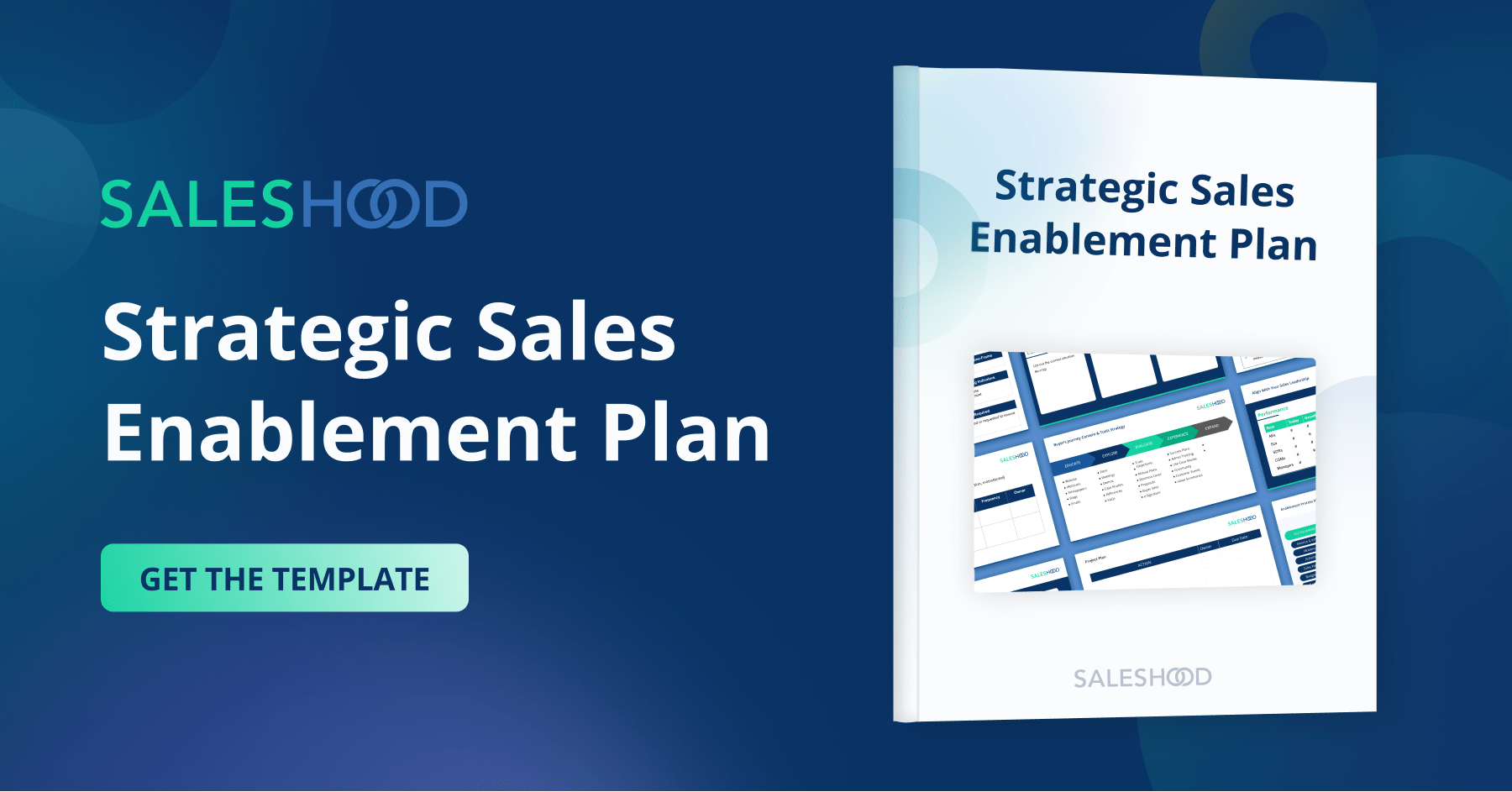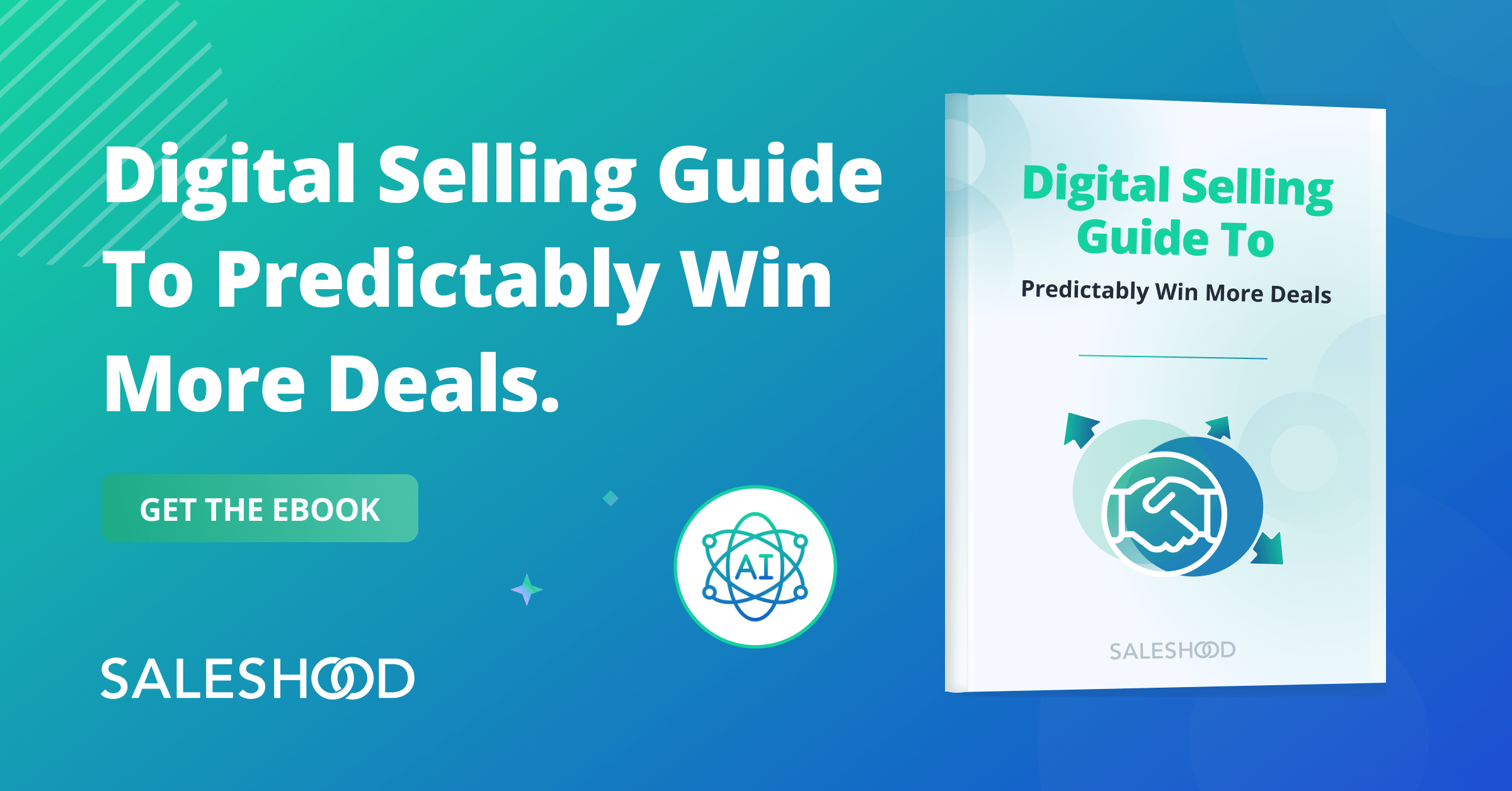Sales enablement often starts out with a single person managing a program and is treated as a one-way street. Information, resources, and tools are communicated in a team call and the resources sent via email after the call, and the process is considered full-circle enablement. Quarter after quarter, quota isn’t met. Sound familiar?
Failing to analyze the impact and effectiveness of programs and offerings, let alone the competency of the sales team in the areas that are mission critical is a common pitfall. We know this is not true sales enablement. But you can make a change and implement a winning strategy even as a “team of one.”
Put a business case together and get executive support. Here is how you can build a successful, scalable sales enablement strategy with C-suite buy-in all on your own.
Build The Business Case
Build your business case by presenting the current challenges the organization is facing, as well as our ideal state goals for all of the customer facing teams. Present your case to the leaders of Sales and Revenue. Get them excited about the need for Sales Enablement. Once you present compelling information for the need for a better sales enablement strategy and the positive impact it could have on the business, the need for a way forward will be clear.
Form A Committee
A strong enablement strategy requires interdepartmental alignment and executive buy-in. Form a Sales Enablement Committee, including a CEO or CRO, leaders from Product Marketing, Sales, Sales Operations, and any other representatives from teams with customer-facing roles. Sales Enablement strategy is successful when the whole organization is marching to the same destination. The committee ensures alignment across the board.
Create A Charter
The first order of business for the committee is to create a Sales Enablement Charter. The Charter allows you to set out all of the parameters and goals for Sales Enablement and makes alignment for the entire organization easier. Include:
- A definition of Sales Enablement – Ensure that everyone is speaking the same language.
- A RACI Matrix (Responsible, Accountable, Consulted, Informed) – Identify who is responsible and what they are responsible for.
- Define the scope, the target audience, KPIs, and the enablement goals.
- Include a Prioritization Model.
Prioritize To Dos
A key area of a Charter is to define how you will manage the program longer term. Most of us begin with an “MVP” state (minimum viable product) or a Version 1 of our programs and will continue to build on the initial rollout. You will need ways to maintain and scale.
A Prioritization Model will allow you to tackle the growing list of to-dos and save your sanity day-to-day. It also serves as a way to show your commitment to the organization that you are working in the areas that will deliver the greatest impact. You will want to include three buckets: Process, Performance, and Revenue. Anything that is a suggestion to the enablement process or an improvement will fall into the Process category. Under Performance, you can make a list of what is the ideal state versus the current state. Next, ask whether it directly impacts revenue or indirectly impacts revenue. Finally, answer the big underlying questions: What is the impact if we do NOT take action? Is it measurable?
Certify Content Publishers
It’s a great best practice to get your subject matter experts publishing content the right way. Why not teach them and certify them on how to create content in a modern engaging way. Here’s a link to a blog you can use to share with your content publishers. Click to read more.
Lessons Learned
I will share the lessons I learned in my experience as the sole owner of enablement. The Charter is the foundation to a program. Building deep relationships with executives and department leaders through the Committee that you meet with regularly is also key. Build in ways to gather continuous feedback from anyone involved in enablement to continue to refine and evolve. When people achieved goals within the program, celebrate them with swag and hand-written notes. Finally, choose a sales enablement platform to host your great enablement strategies. We were fortunate to find a partner in SalesHood that made it possible to create a successful program that had an 87% adoption rate. Additionally, the SalesHood community, CommunityHood, provided lots of inspiration from other sales enablement managers – you will discover you are not the only team of one!
Download the Sales Enablement Charter
You can also watch the talk delivered by Karen at SalesHood’s MULTIPLIERS customer conference in June 2019.




